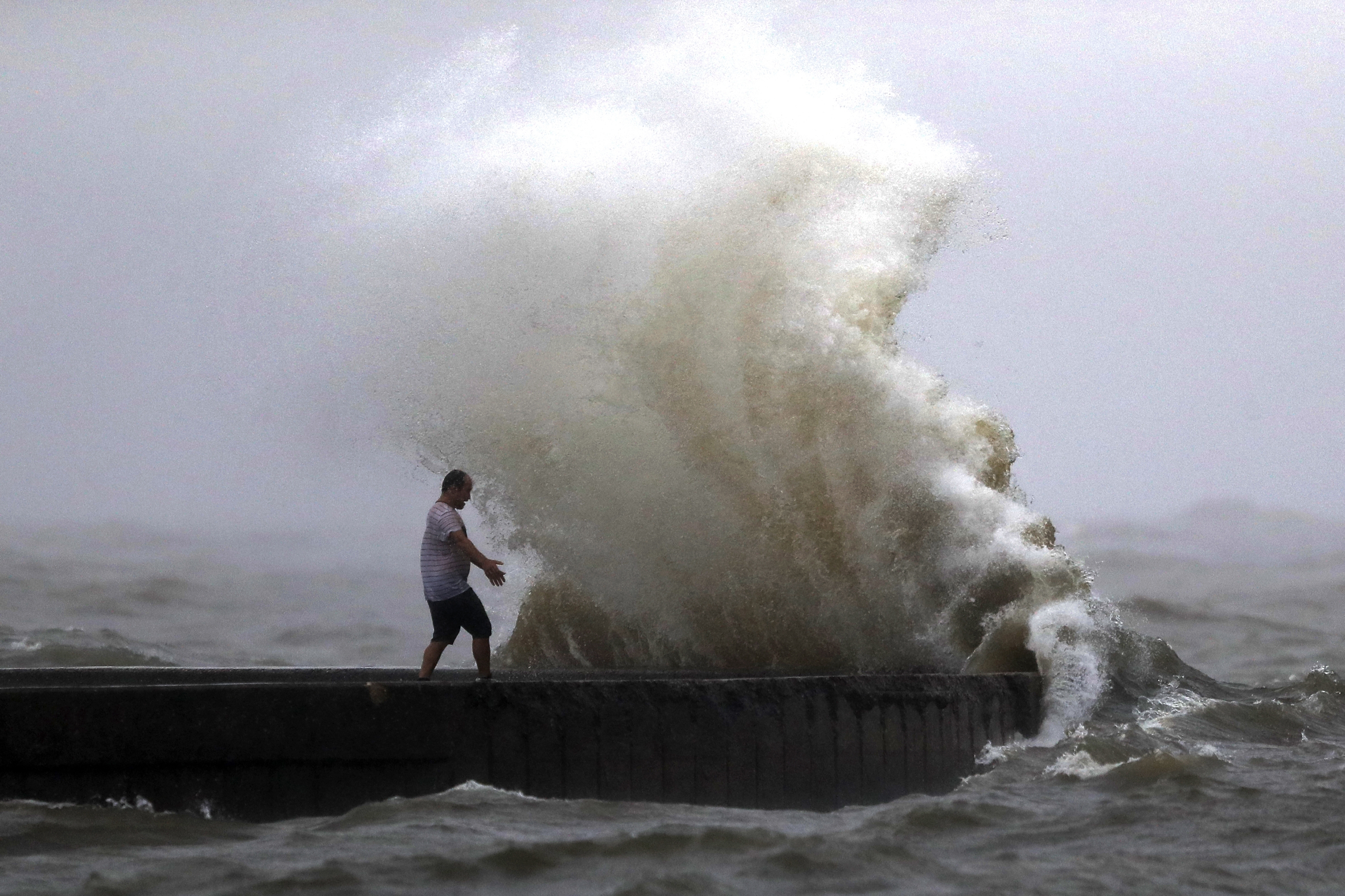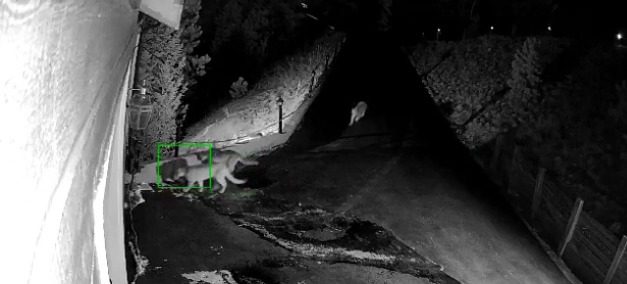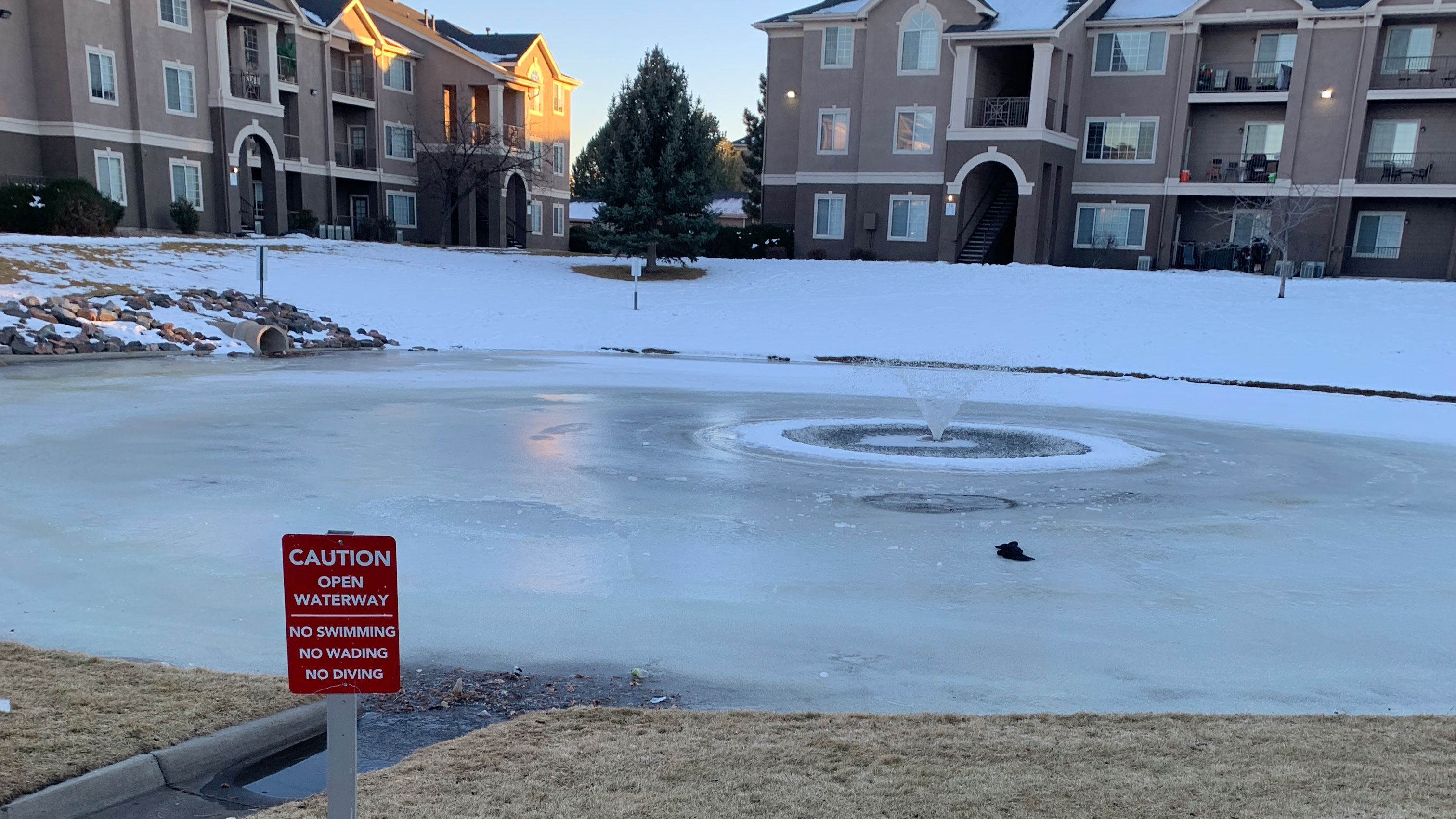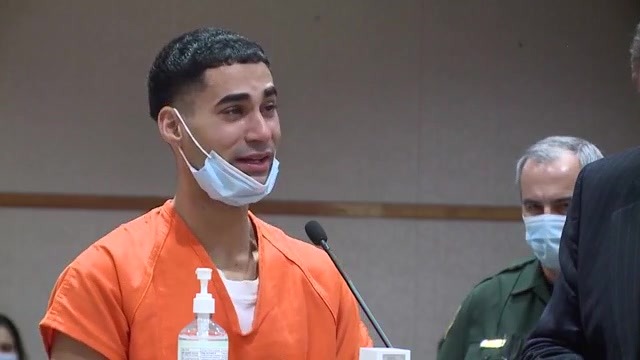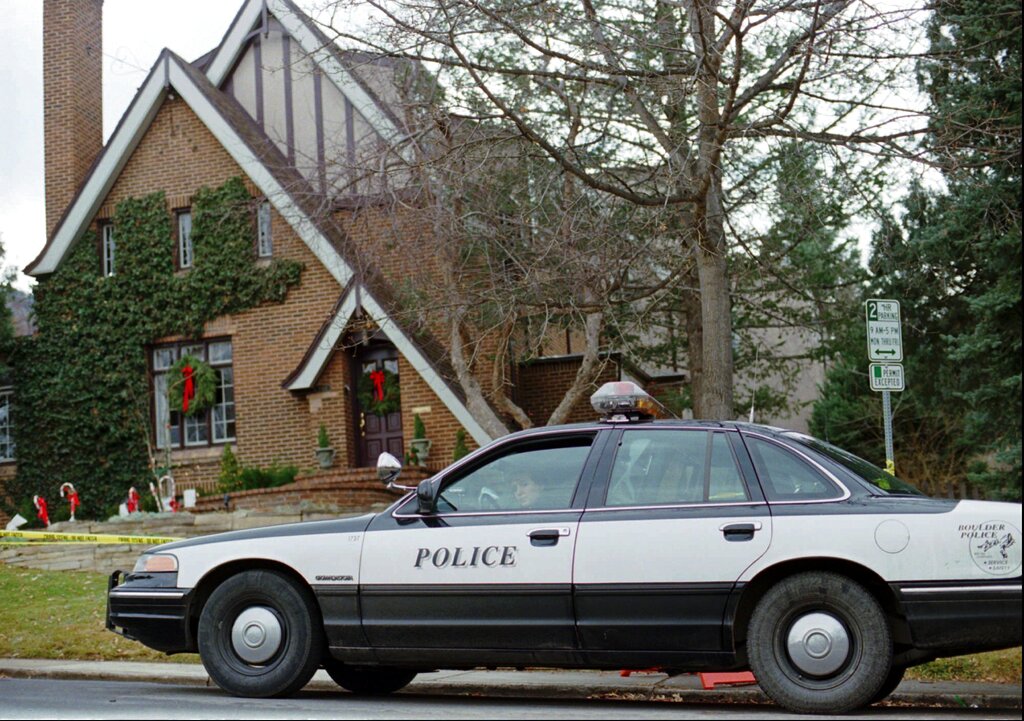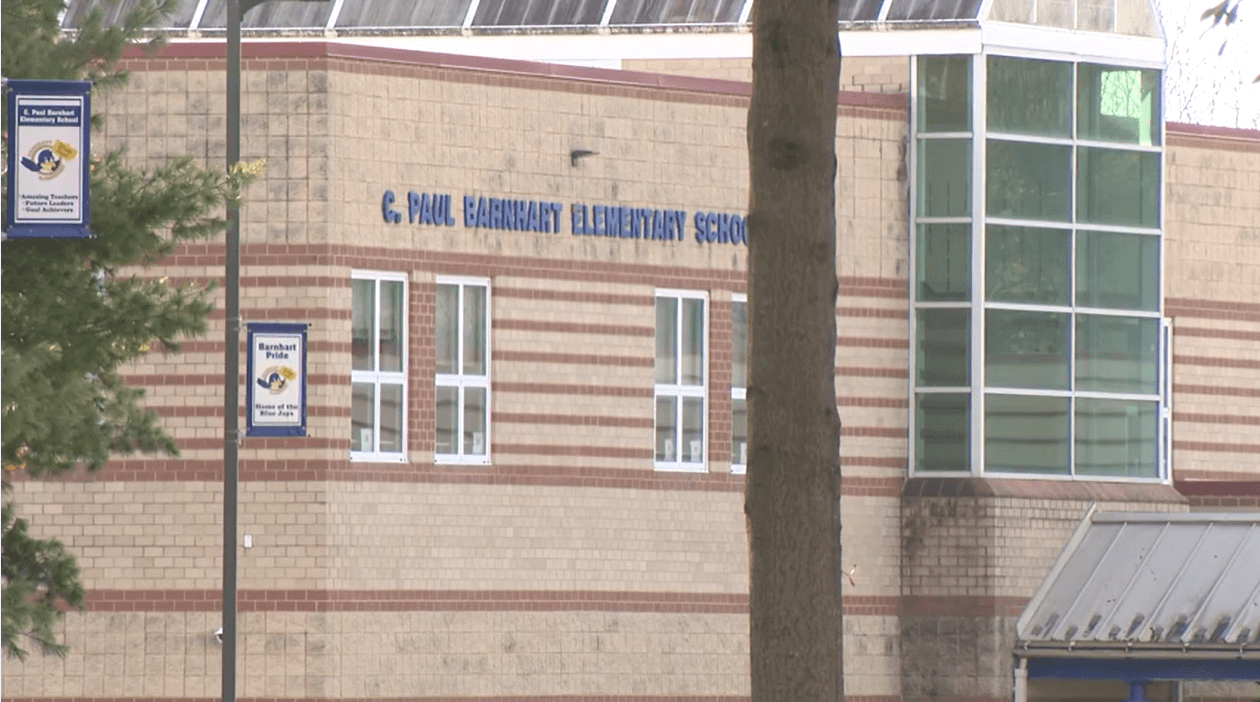HAMPTON ROADS, Va. (WAVY) — For months WAVY-TV 10 has aired discussions about equity, inclusion, and anti-racism. So, now that we are back to school, what will that look like as we move forward? How will that be implemented in schools?
10 On Your Side turned to Melissa Smith, a teacher and independent educational consultant in the field of educational equity and anti-racist teaching practices, to learn.
“I think that if we are in education, if we are in buildings, if we are in districts and we have not said, ‘Anti-racist, anti-racism and practices and policies,’ that’s a problem,” says Melissa.
For a parent on the outside looking in, Melissa explains what these lessons should look like in a school setting.
“For children it all starts with understanding who they are, and it all starts with understanding, ‘I am who I am and as a child, my white skin is beautiful. As a brown child, my brown skin in beautiful. As a black child, my black skin is beautiful’ and looking at others, seeing their color, seeing how beautiful their color is, and seeing how unique their color is, and seeing what makes them different. I think that colorblind thing, we have to get away from that because everyone has unique, beautiful, amazing qualities and we have to see people for who they are.”
Melissa goes on to say, “It would be understanding what other people bring to the table. What is diverse about your friend? What is different about someone else? It would be looking at social justice. Are we sticking up for other people? Are we looking for the inequities on the playground?
It’s really understanding different aspects of who they are and what makes a child unique.
Understanding how to use their voice for social justice and action. Understanding how diversity makes this world a better place, and just understanding how we all, even as young as early childhood education and early youth, can make a difference and can make a change.”
Should you expect to see anti-racism taught in the same style as subjects like math and reading are taught? Melissa says not exactly.
“I think everything should start from equity and social justice and filter from that. So, not necessarily a time from it, because I think that should be the it. I think equity should be the it and we figure out how do we take math from an equity lens? How do we take reading from an equity lens? We understand the beauty, the power, the justice, the diversity, the brilliance of each and every child, how does that look in math? How does that look in reading? How does that look in science? How does that look in social studies? If we truly are anti-racist, it’s in the threads of everything that I do.”
Melissa emphasizes,”If you have a true anti-racist and equity lens, everything falls from that. So, when you start to plan your curriculum, you think about your black and your brown students and everyone else, but you think about your marginalized students. You think about each and every child.”
Melissa says one of the first steps is acknowledging systemic racism is real and it’s a problem.
“If we continue to walk about our practices as if systemic racism is not in education, then we’re going to continue to have systemic racism in education. So, at some point we have to say, ‘There are major issues in our school building, and maybe I can’t make policy changes on a state level with curriculum as far as standards, but I can make building level changes.’ or ‘I can make district level changes. I can make changes in my staff. I can bring my staff together.'”
Melissa is very encouraged by what she has seen so far when it comes to progress in equity and inclusion, she says there really needs to be an emphasis on anti-racism. People need to not be afraid to say that phrase.
“I want the lever to push further. I want the lever to push harder. I want people to say, ‘I am an anti-racist because…’ I want schools to talk about anti-racist policies. I want principals to gather their staff and say, ‘Do we have brave spaces or do we have safe spaces?’ Safe spaces are where, you know, you have these places where people come and there may be places where we tiptoe around the truth or we have some inauthenticity because it’s okay, but brave spaces are where we are sometimes uncomfortable, but we stick up for inclusiveness, and we stick up for people that maybe are marginalized and we are okay taking risks, and we are okay being equitable, and that is what is needed. It has to happen.’
‘As an educator, we can’t say, ‘We’re not racist.’ Or ‘We’re okay with this.’ We have to be anti-racist and we have to be able to articulate what that means in our school. So, as an educator, can I say what it means to be anti-racist? Can I say what are our anti-racist policies at our school? I’ve been around many educators. I hear diversity. I hear equity. I hear inclusion and inclusive practices. But I often hear, it’s like that quiet tiptoe around the word “anti-racism” and I kind of push it forward because I want to know why we are afraid to say that. Why are we afraid to say anti-racism? And so that’s my goal right now is to figure out why are we afraid to say that because we need to get to that level.”
Melissa says school systems are past the point of needing to feel comfortable while having these conversations.
“We have to get uncomfortable as educators because our children have racial trauma. Our teachers have racial trauma. There are systems of oppression and we cannot ignore it.”
